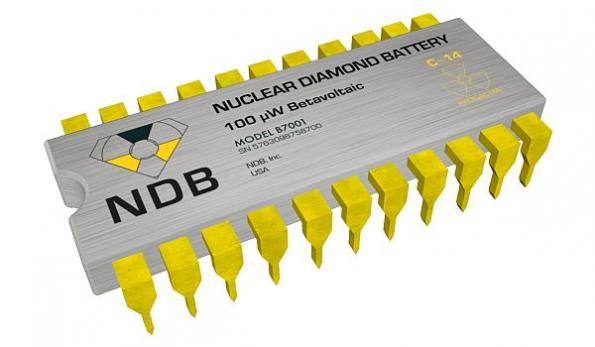
Self-charging ‘thousand-year’ battery completes lab tests
Green energy startup NDB, which is developing a high-power self-charging diamond-based alpha, beta, and neutron voltaic battery that it claims provides up to thousands of years of charge, has announced the completion of two successful Proofs of Concept tests of its nano diamond battery (NDB). by Rich Pell @ smart2zero.com
In the tests, which were conducted at Lawrence Livermore National Laboratory and the Cavendish Laboratory at Cambridge University, the battery, says the company, achieved a breakthrough 40% charge – a significant improvement over commercial diamonds, which have only 15% charge collection efficiency. The company also announced its first two beta customers, including a leader in nuclear fuel cycle products and services and a leading global aerospace, defense, and security manufacturing company.
The company’s proprietary, universal, self-charging battery creates energy from recycled radioactive waste and is claimed to be able to provide a charge for the entire lifetime of a device or machine, with up to 28,000 years of battery life depending on the radioisotope being used. Its technology, says the company, is poised to completely transform the concept of energy, and can power devices and machines of any size, from aircraft and rockets to electric vehicles, hearing aids, smartphones, sensors and more, all with no carbon emissions.
“Our team is bringing together leaders in the nanotechnology, nuclear science, and diamond fields with military, academic and research backgrounds, and combining our unique mix of expertise has made it possible for us to crack the code in developing this groundbreaking, life-changing solution,” says Nima Golsharifi, CEO and co-founder of NDB. “Moreover, as members of society, we are extremely concerned about the welfare of the planet and are focused on lowering climate change to protect our planet for future generations. With the NDB battery, we have achieved a massive, groundbreaking, proprietary technological breakthrough of a battery that is emission-free, lasts thousands of years, and only requires access to natural air in order to power devices.”
The Proof of Concepts test results, says the company, were a result of its proprietary nanodiamond surface treatment that actively extracts the electric charge from the diamond, allowing the battery to make use of significantly more power than any other battery before it. The battery’s power source is
Taken from intermediate-level and high-level radioisotopes, which are shielded by multiple layers of synthetic diamond, one of the hardest materials to damage or break.
The energy is absorbed in the diamond through inelastic scattering, which is used to generate electricity. Since the universal battery is self-charging, any excess charge will be stored in secondary charge storage such as capacitors, supercapacitors, and secondary cells. The generated, optimized, and stored charge can be used to power devices of any size that require an energy source to run.
Radiation levels from a cell, says the company, will be less than the radiation levels produced by the human body itself, making it totally safe for use in a variety of applications. According to the company, the technology will be cost-competitive with current lithium-ion batteries.
Development of the first NDB commercial prototype battery is currently underway, and though delayed by the pandemic, is expected to be available later this year.





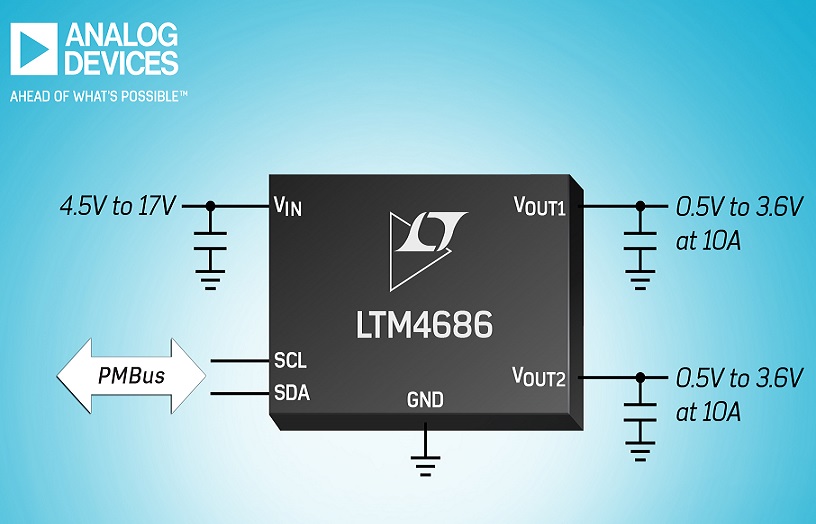
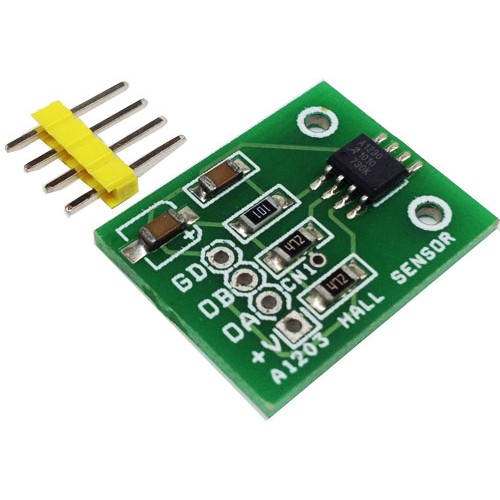
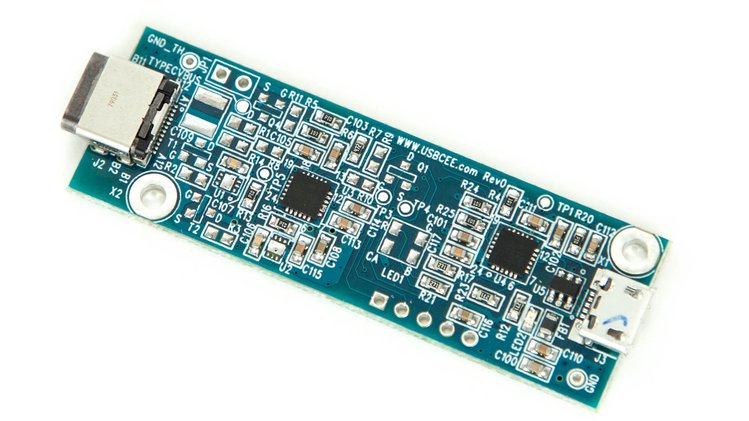
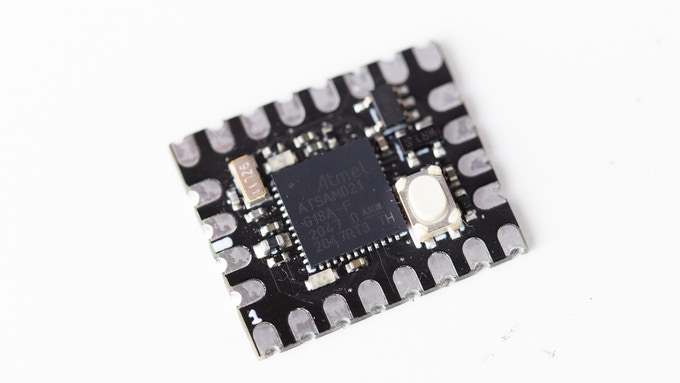
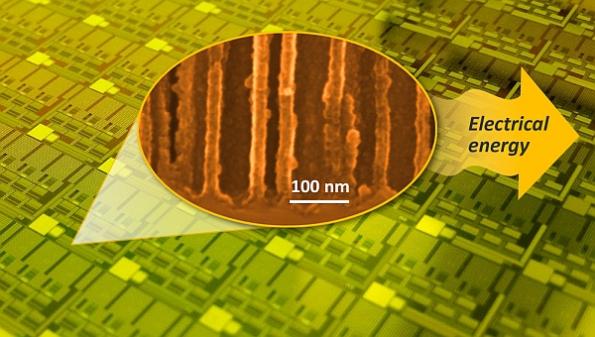






This is incredible.
Pretty useless; we’re talking a few uA (Microamps) here.
Plutonium 238 gives waaaay more power for Space powered devices.
This doesn’t make sense if we have solar power or even RF harvesting and piezo harvesting.
This is pure marketing BS. Dave @eevblog ran through some of the reasons why, and points to others who get more into the details. It’s only useful for extremely low power applications and it will destroy itself long before a thousand years. Similar batteries have been around for years for those niche applications where they are useful and worth the fantastic expense.